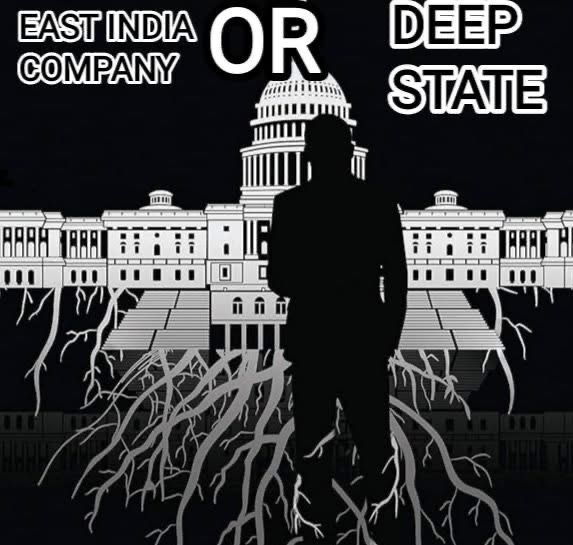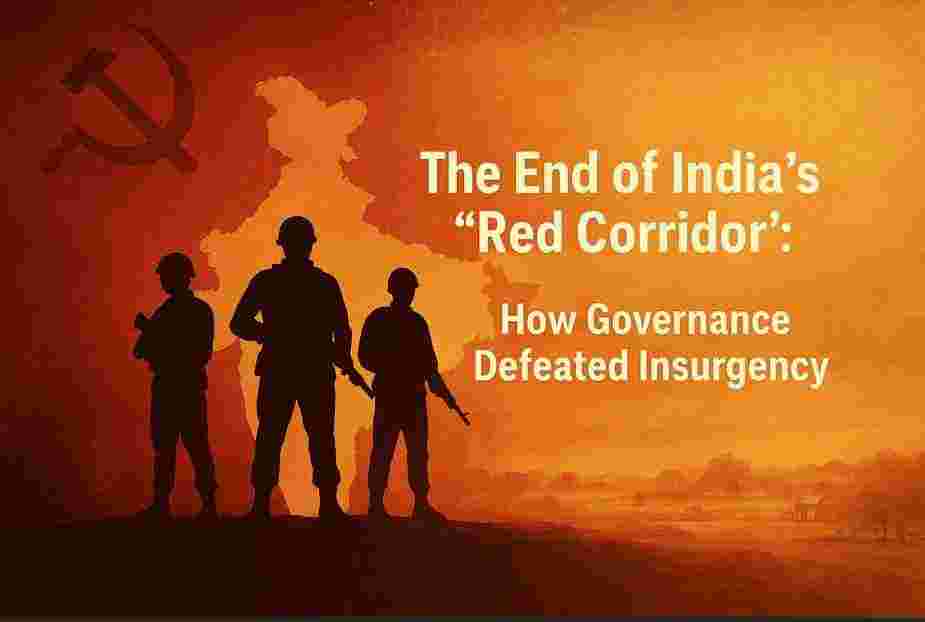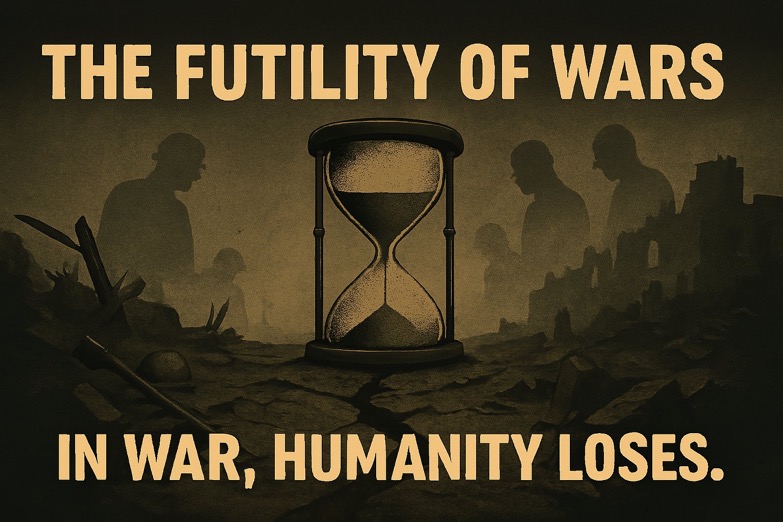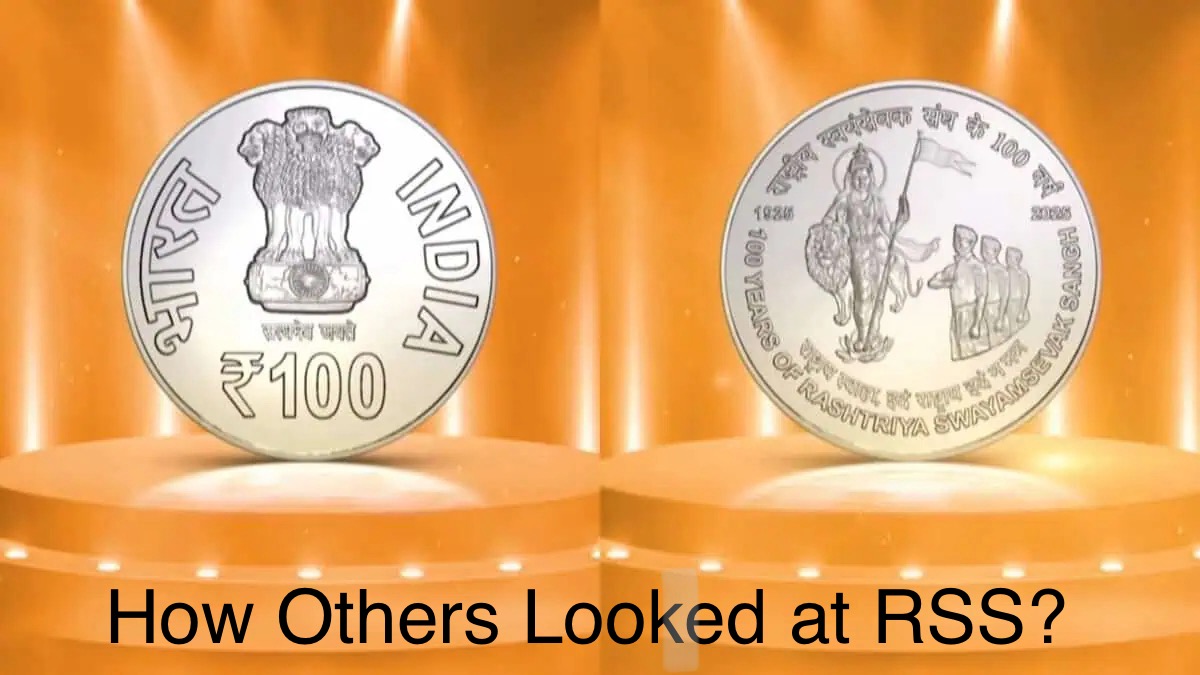
From the days of the East India Company to the modern era, the Indian subcontinent has been a chessboard for foreign powers. The Company’s ruthless exploitation, divide-and-rule policies, and social manipulation left scars so deep that India is still paying the price for them today. The same forces that once fueled the “Great Game” in regions like Gilgit are now at work in subtler, more insidious ways—funding non-state actors, protests, and internal chaos to destabilize India from within. The names and faces may have changed, but the modus operandi of the Deep State remains the same: weaken India, divide its people, and derail its rise as a global power.
A Legacy of Resistance: 1857 and the First Spark of Freedom
The 1857 uprising, often referred to as India’s First War of Independence, was not merely a rebellion against British authority—it was a nationwide call for freedom that shook the very foundations of colonial rule. It symbolized the courage, unity, and sacrifice of our people and lit the flame of resistance that would continue for nearly a century. Heroes such as Mangal Pandey, Bahadur Shah Zafar, Rani Lakshmibai, Nana Saheb, Tantya Tope, Begum Hazrat Mahal, and Kunwar Singh laid down their lives in this seminal struggle.
Yet, this brave effort was brutally suppressed by the East India Company through calculated strategies—not just on the battlefield, but through long-term social engineering and divisive policies.
The Two Major Conspiracies of the British
The British didn’t merely conquer India with guns—they used manipulation and psychological warfare to divide and rule:
1. Weakening Hindu Society from Within
The East India Company carefully distorted the ancient Vedic and caste systems, misrepresenting them to create internal divisions. What was once a fluid, functional social system rooted in duty and merit was transformed into a rigid, hierarchical, and oppressive structure. They weaponized caste to breed inequality, break solidarity, and ensure that people turned against each other rather than uniting against foreign domination.
2. Breaking Hindu-Muslim Unity
Equally dangerous was the British effort to divide India’s religious communities. During the 1857 revolt, Hindu and Muslim soldiers fought side by side. This unity terrified the British. To prevent such solidarity in the future, they carefully sowed seeds of distrust, encouraging communal conflict, and institutionalizing religious divisions. This campaign of division culminated in the tragic Partition of 1947.
Partition: A Deep Wound Still Healing
The Partition wasn’t just a historical event—it was a human catastrophe. The creation of Pakistan, orchestrated under the guise of providing a homeland for Muslims, was in reality a tool to ensure India remained divided and weak. The displacement of over 10 million people, the horrific violence, and the emotional trauma of uprooted lives left an indelible scar on the subcontinent.
It also laid the foundation for decades of strife—terrorism in Punjab, separatism in Kashmir, and four major wars that have cost countless lives and resources.
The New Face of Colonial Manipulation: The Deep State
Today, while the British are long gone, the system they created is very much alive—operating under a different name and face. Many believe this entity, often referred to as the “Deep State,” is an international nexus of geopolitical interests that still aims to control and destabilize India by internal means.
The goal remains the same: “Divide and rule.”
From Shaheen Bagh protests to farmers’ agitations, from Ladakh tensions to communal unrest, patterns emerge that suggest the influence of external forces attempting to exploit identity politics and fuel internal conflict. Communities like Muslims, Sikhs, and Buddhists—rich in culture and history—are being targeted to stir unrest in the name of rights and representation, often at the cost of national unity.
Political instruments are also not untouched. The emergence of certain political parties and figures, including movements like the Aam Aadmi Party, has sparked debates about foreign funding and external ideological influence.
Yet, despite these attempts, there are powerful signs of unity. Recent events in places like Doda, where Hindu and Muslim communities worked together to prevent violence, show that the Indian spirit of brotherhood is stronger than any conspiracy.
A Broader Strategy: Destabilizing the Subcontinent
India’s rising power in the 21st century threatens many global interests. The same way the East India Company understood the strength of a united Bharat, today’s Deep State fears an economically and politically empowered India. That’s why Afghanistan, Pakistan, Bangladesh, Myanmar, and Nepal—once integral parts of India’s cultural and historical landscape—have all been deliberately destabilized over time.
Now, the focus has shifted inward. Creating chaos within India has become the primary strategy to keep the country from realizing its true potential.
The Call for Unity: Beyond Caste, Religion, and Region
India’s diversity is not its weakness—it is its greatest strength. But only when diversity is rooted in unity. The British dismantled our unity once; we cannot allow modern forces to do it again.
Every Indian—regardless of religion, caste, region, or background—must recognize these divisive tactics for what they are: attempts to break the soul of India for foreign and elite interests.
The dream of a strong, self-reliant, and united India must prevail. We owe it to the heroes of 1857. Had their revolution succeeded, India’s map, economy, and destiny could have been entirely different—a land where our culture, science, and values led the world.
The battle for India’s soul continues—not on the battlefield, but in the hearts and minds of its people.
🇮🇳
Jai Hind! Long live the unity of Bharat!




